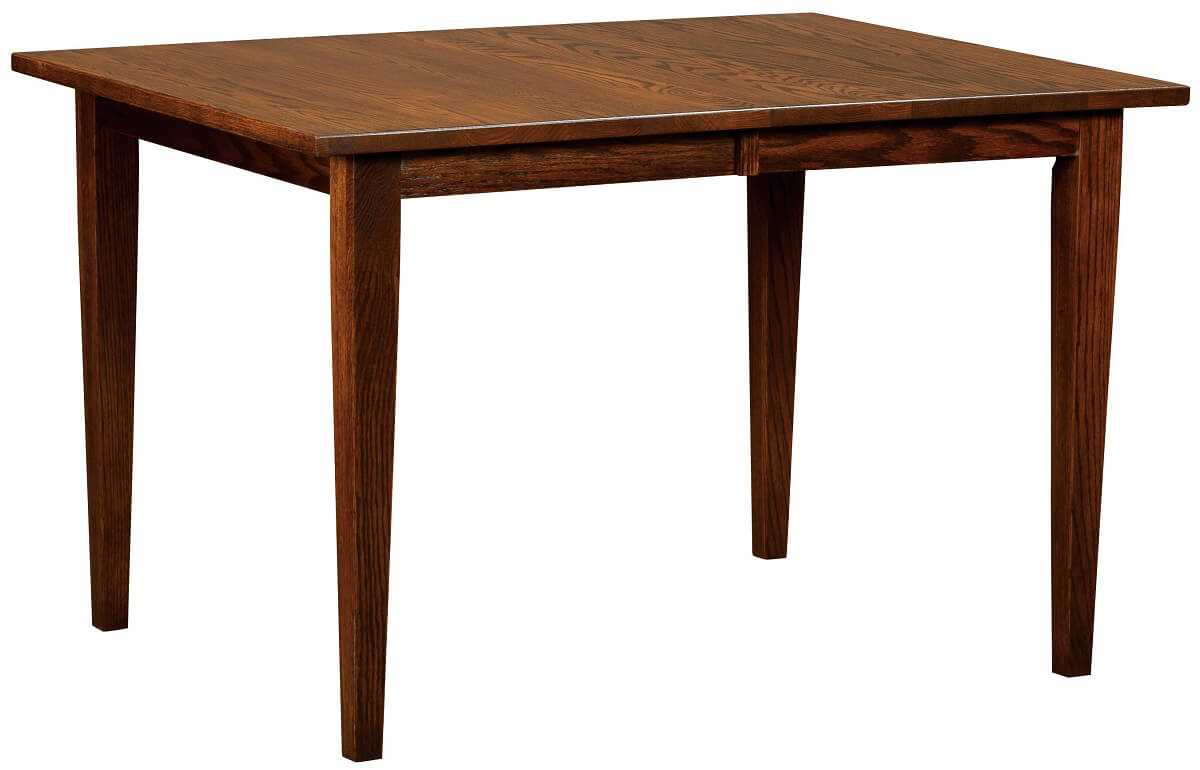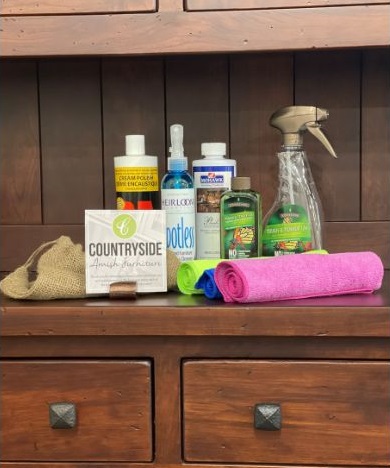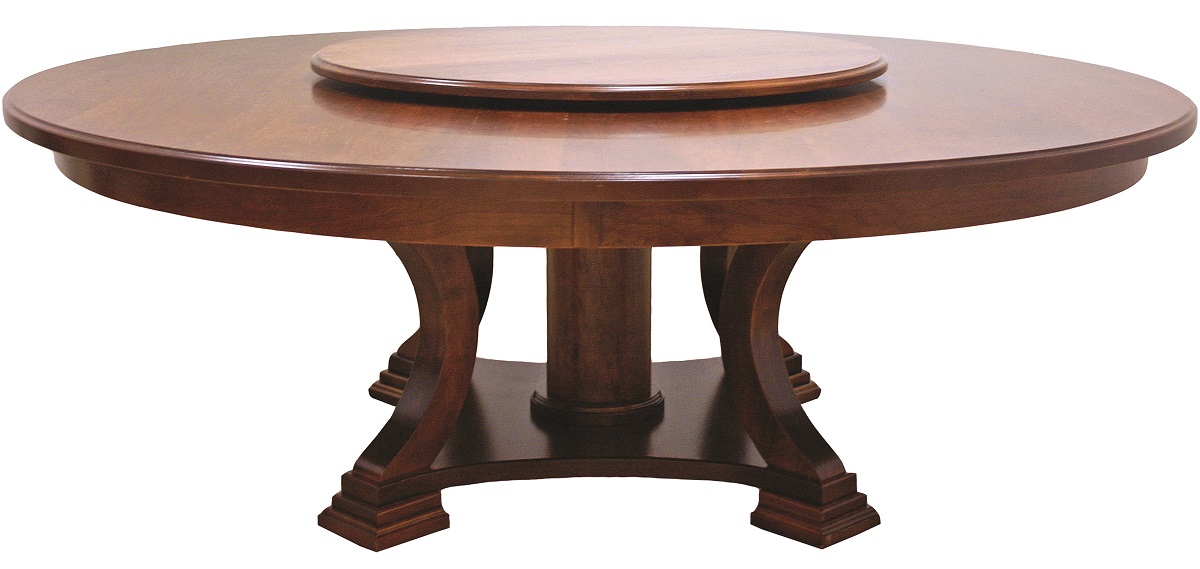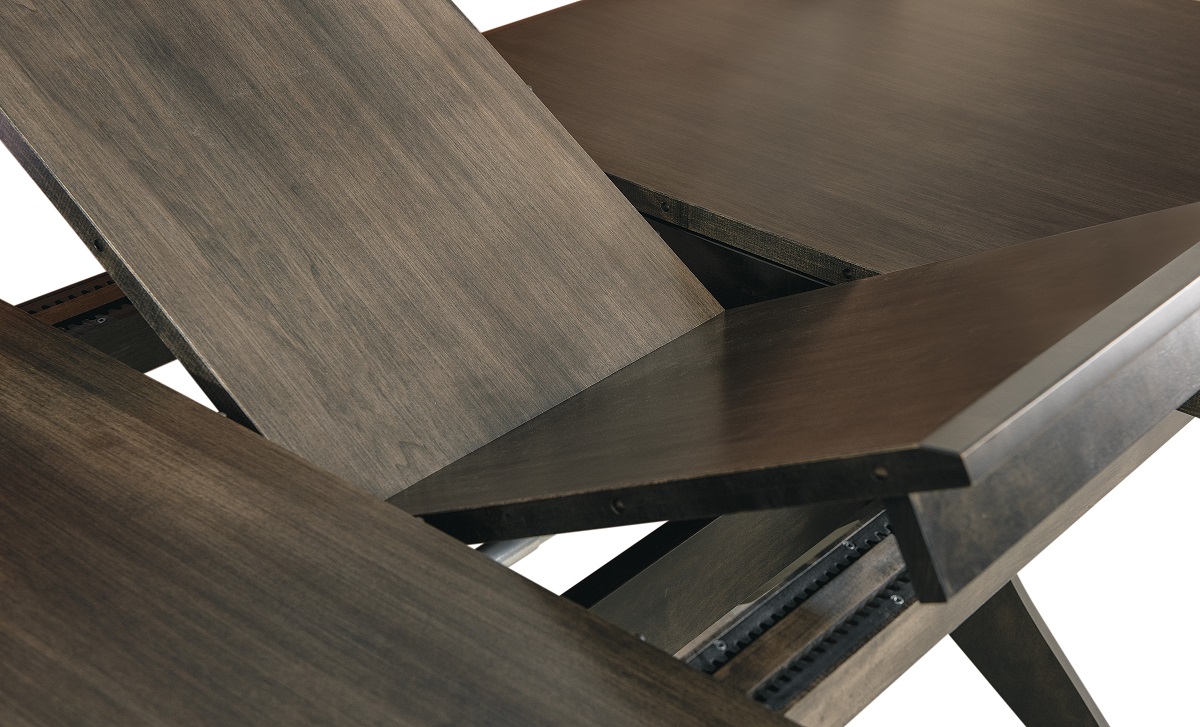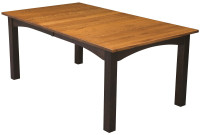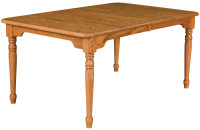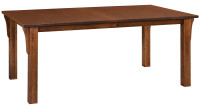How to Protect a Wood Dining Table
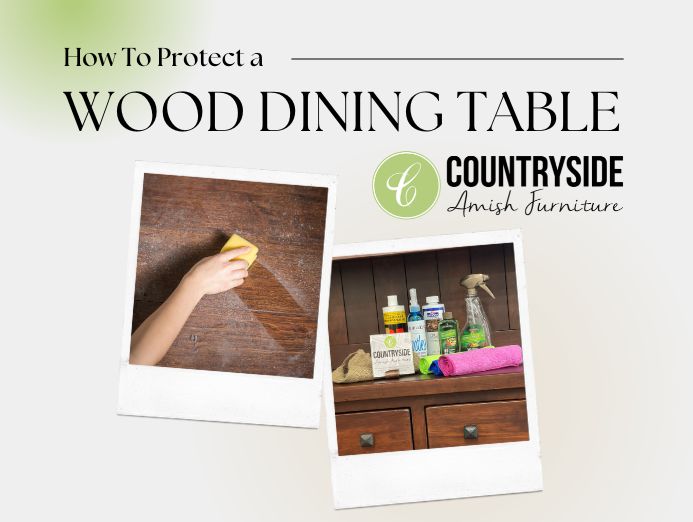
A table is more than a table—it is the headliner of your dining room, setting the tone for the rest of the decor. It’s also a meeting place for friends and family over which both food and conversations are shared. In this spirit, a solid wood dining table is well worth its cost, as it is a long-term investment if properly cared for. Failure to protect your wood dining table can compromise both its integrity and handsome good looks.
To guide you in maintaining the allure of your wooden table, Countryside Amish Furniture shares expert tips that promise to enhance its longevity and help retain its charm.
Be Selective With Your Choice of Cleaning Products
You may be surprised by the long list of common cleaning ingredients that can harm furniture. To best protect your wooden table, steer clear of:
-
Ammonia: Ammonia-based cleaners can strip away the finish on wood, causing it to become dull and brittle over time.
-
Bleach: Bleach can discolor and weaken the wood fibers of furniture, leading to permanent damage.
-
Alcohol: Products containing high amounts of alcohol can dissolve the finish on wood, resulting in a loss of shine and protection.
-
Silicone-based Cleaners: These can create a waxy buildup on wood surfaces, attracting dust and diminishing the furniture's natural beauty.
-
Citrus-based Cleaners: The acidity in citrus cleaners may gradually break down the finish and potentially harm the wood beneath.
- Abrasive Cleaners: Harsh, abrasive cleaners can scratch and wear down the protective coating on wood, leaving it vulnerable to further harm.
Effective and safe cleaning doesn’t only come down to your choice of liquids, but also the material you use to wipe up spills and filth. Microfiber cloths are excellent for wooden tables because their ultra-fine fibers effectively trap and lift away dust and debris without scratching the wood. Additionally, the static electricity generated by microfiber attracts particles, leaving your wooden table polished and free from unwanted residue.
Having received many questions about cleaning and protecting wooden tables over the years, the Countryside Amish Furniture team compiled our favorite products into a single package. Keep in mind, all of the cleaning items are what we use within our own homes!
Anticipate the Impact Direct Sunlight Will Have on the Wood
There’s no denying the charms of natural light, but having rays directly shine down on your wooden table day after day, year after year, will have a dulling effect. The color itself may change, with cherry, oak, and maple gradually darkening while other lumber species may grow lighter.
There are several measures you can take to limit the impact of direct sunlight. Simple solutions include drawing the blinds or placing a tablecloth on top of the wood when the table is not in use. More drastic actions include installing windows that block UV rays (which could benefit more than just your wooden table).
Protect Your Wood Dining Table From Moisture and Similar Damage
Coasters Made From Proper Materials
It should come as no surprise that we suggest buying coasters to protect your wooden table. After all, who hasn't seen the shock and horror that comes from a permanent water ring stain?
But what may be news to you is that not all materials offer tables the same level of protection. The leading choice is cork due to its high levels of absorption and limited risk of scratching the surface. If cork doesn’t align with your preferred tastes, you may be surprised to find plenty of coaster designs that combine cork with other preferable materials like marble and wood.
Other characteristics to seek in your coaster are non-slip, soft bottoms that won’t damage the table’s surface, and overall thickness and stability. Many cloth or lace coasters don’t offer the steady, even surface of the above-mentioned materials, making it easier for the glasses to slide or be knocked over.
Use Trivets and Mats Under Hot Pots
Placing trivets underneath hot cookware provides a protective barrier, preventing heat transfer and potential harm to the delicate surface of your wooden table.
Table Cloths
While table cloths aren’t exactly “on trend” at the moment, we’d be amiss not to bring it up as an effective way to protect your table, as it shields the wood from liquids, UV rays, and other causes of marring or discoloration. The downside is that the table’s top is masked, diminishing your ability to show off its true character.
While there is no objective truth about if and when to use table cloths, we’re of the mindset that they can be quite effective for occasions in which messier eaters come knocking, whether it be young grandchildren or otherwise.
Overall Room Humidity Levels
Keep in mind that exposure to moisture won’t only come from the drinks placed on top. The air itself can have too much humidity (or not enough). If you find that your room isn’t the ideal 40-60% humidity levels, both guests and your table will appreciate if you had a humidifier or dehumidifier to achieve balance.
Why does this matter? Too much moisture in the air can cause the table’s wood to expand, while too little can cause it to crack.
Bonus: Opt for Hardwood in the First Place
Your choice of wood species (or whether to choose wood, at all) will directly impact how much wear and tear the table can endure. Examples of softwoods that won’t offer longevity are pine spruce and cedar. To learn exactly how strong a wood species is, the Janka Hardwood Rating System reports the amount of pressure needed to press a 0.444" steel ball into the timber.
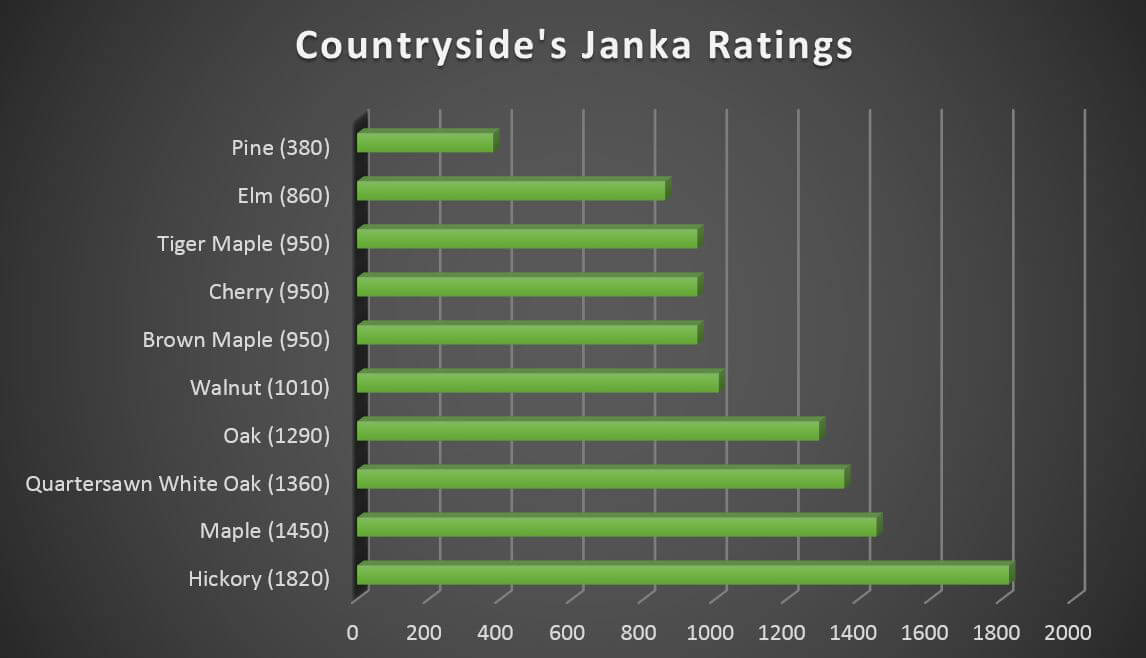
While you can’t go wrong with any choice of hardwood, species that are particularly fitting for high-use pieces like tables include both red and white oak, maple, and hickory. Though slightly softer than the others listed, cherry is also a common chioce due to its distinctive hue. What’s important is that all of these hardwoods are robust enough to endure the everyday bumps and scrapes that can accumulate over the years.
Bonus: Inquire About the Table’s Finish When First Purchasing
If it's high-quality and meticulously applied, a wood stain can act like a forcefield for your dining table, shielding it from scrapes and scratches while lessening the impact of UV rays, cleaning chemicals, and more. For example, Countryside Amish Furniture uses Catalyzed Conversion Varnish, a dynamic blend of a liquid finish and a hardener, offering wooden dining tables heightened durability, swift drying, and superior defense against scratches, heat, and moisture.
.png)
Bonus: Don’t Compromise on Quality for Tables With Leaves
Table leaves can be attached in a surprisingly varied list of ways to extend the length, all of which require some sort of movement and handling. Shottier craftsmanship can make adding leaves both difficult and potentially damaging to the table, with time. With this in mind, purchase your wooden table from experienced, trusted craftspeople, opting for quality expertise over a cheap price tag.
Ready to Replace Your Wood Dining Table? Shop With Countryside Amish Furniture
Countryside Amish Furniture places hundreds of beautiful table designs right at your fingertips; choose your preferred piece, tailor it to your tastes, and our Amish woodworkers will handmake it exclusively for your home. Best of all, we’re here to help every step of the way — got questions or specialized requests? Use our live chat to connect with a member of our time.

